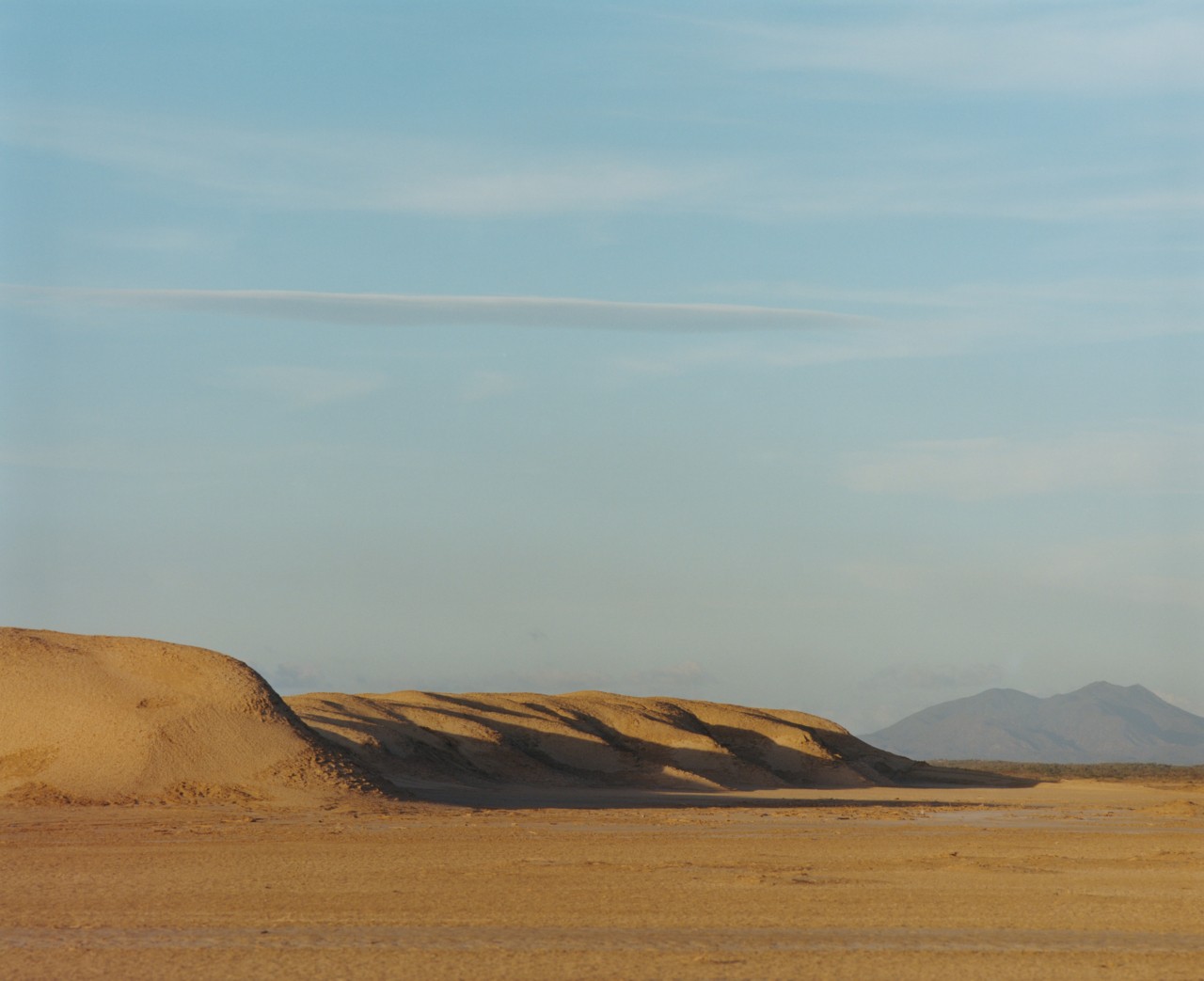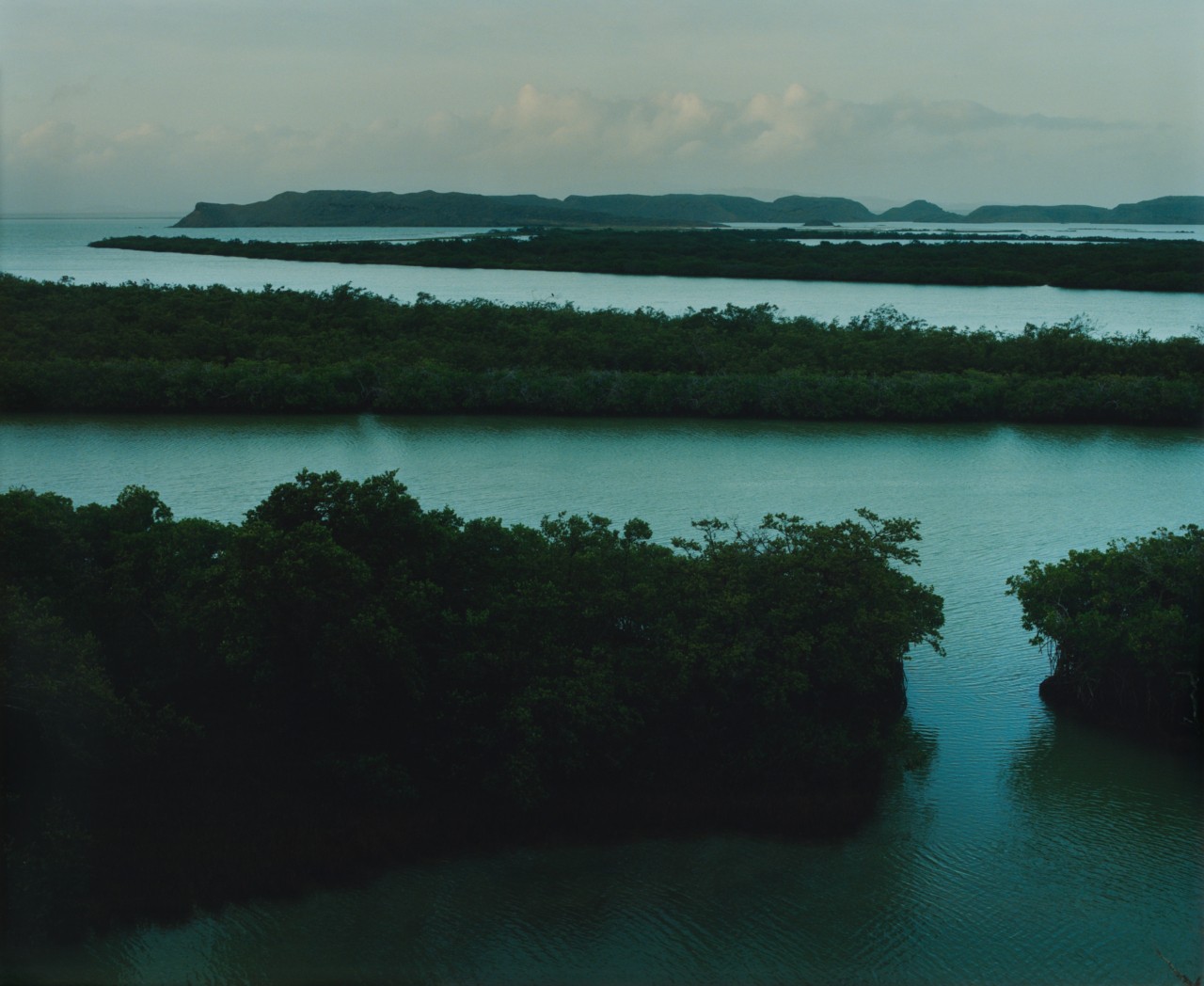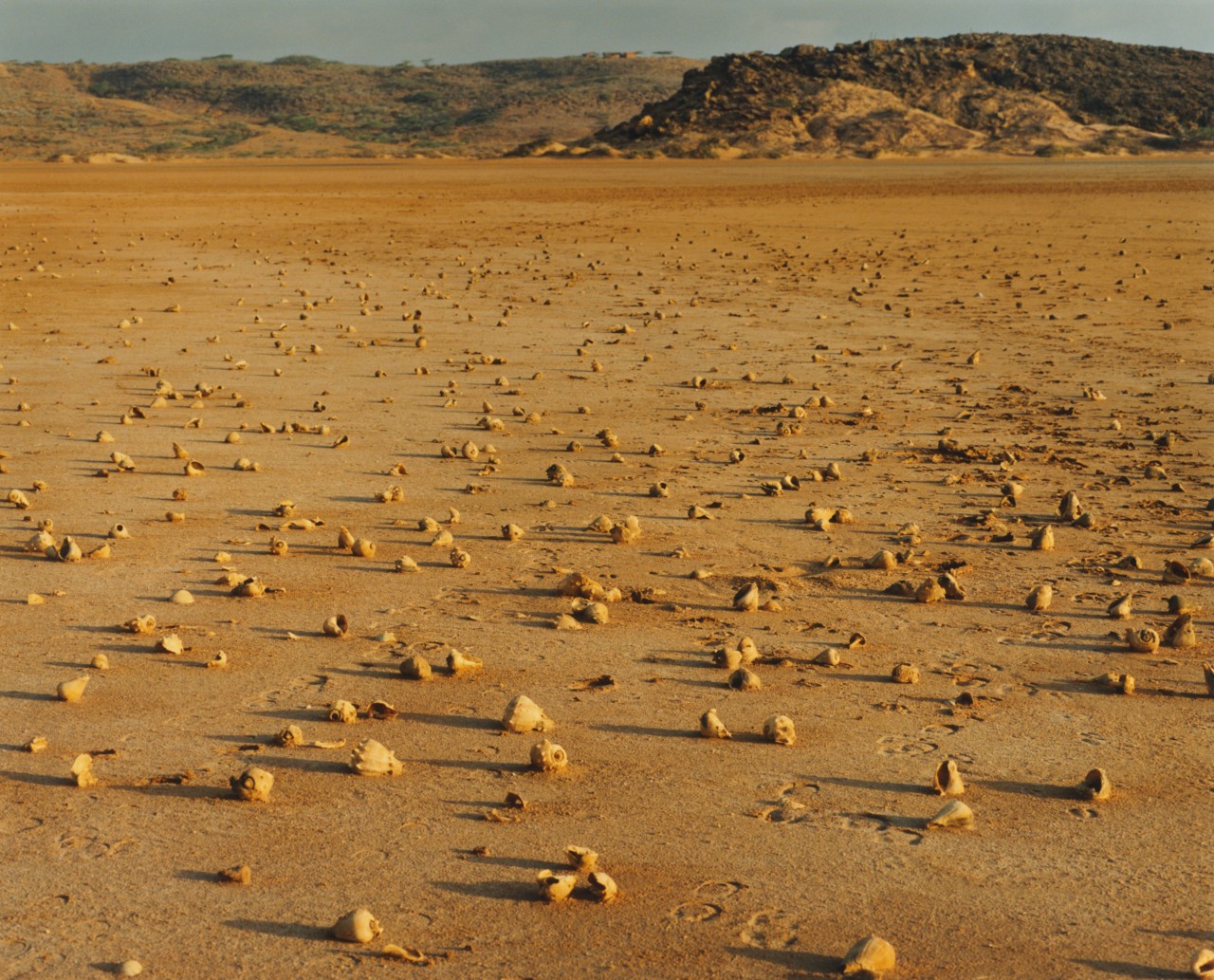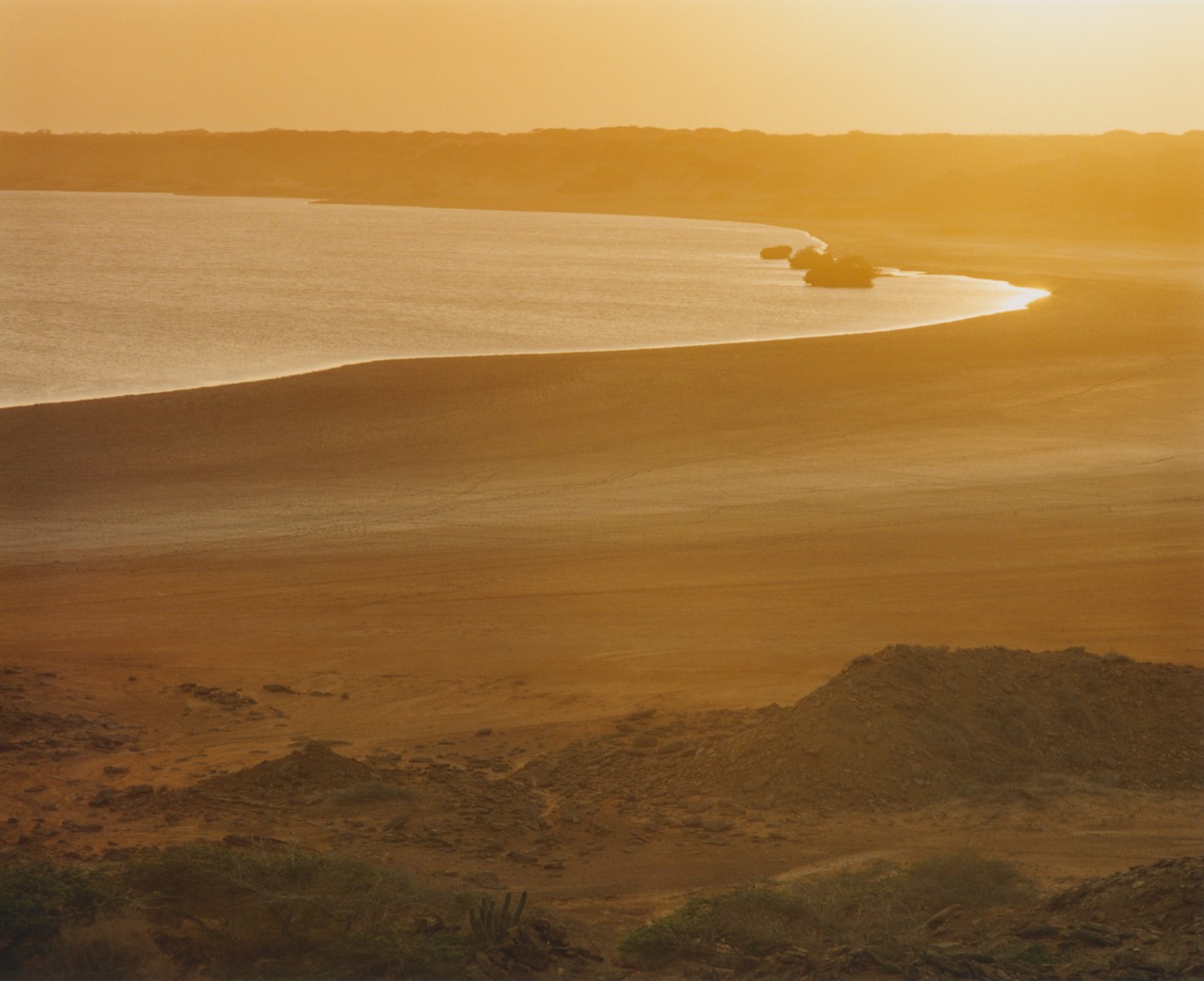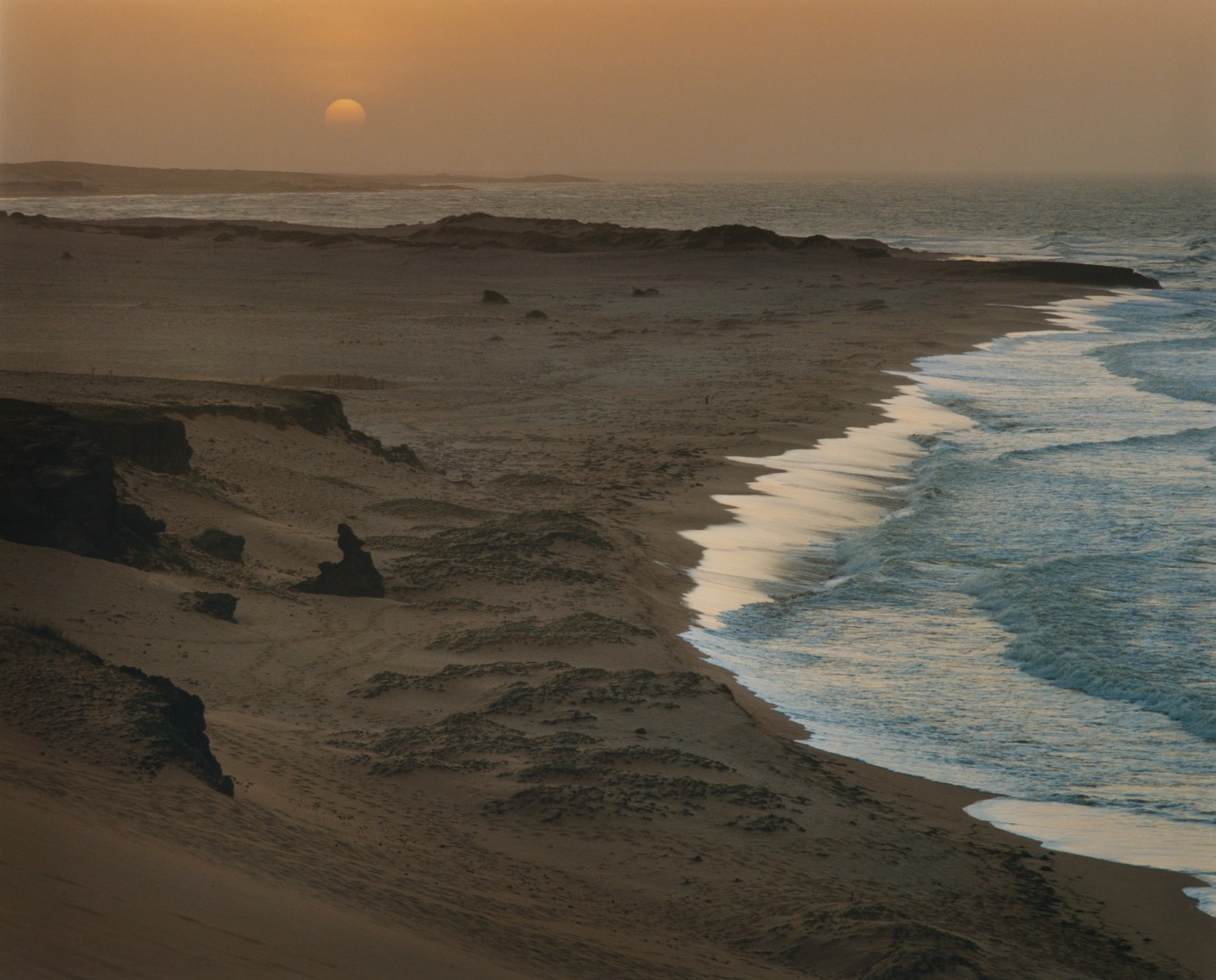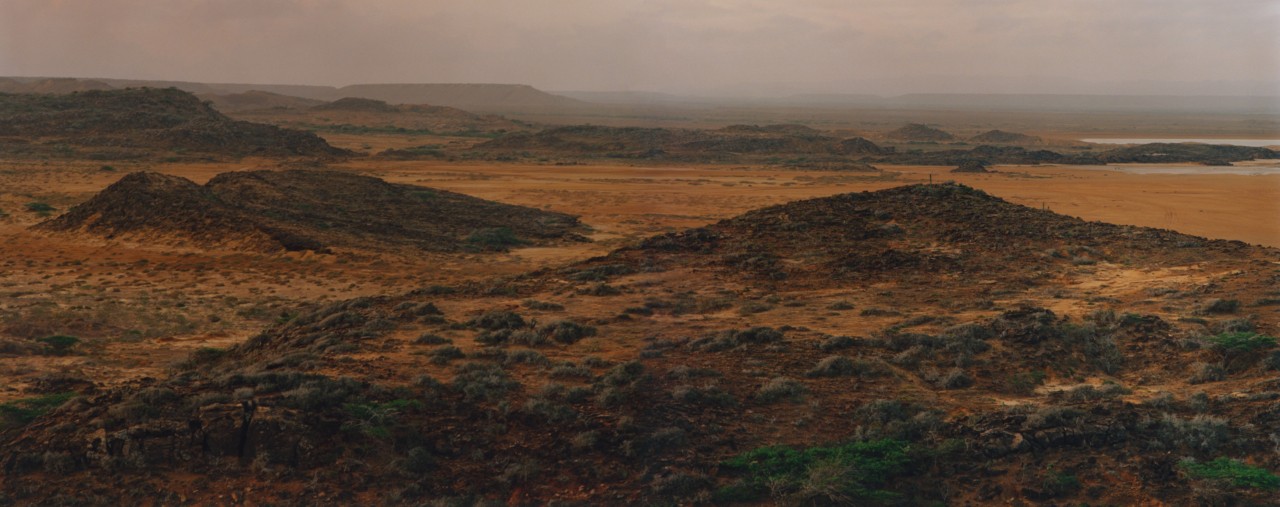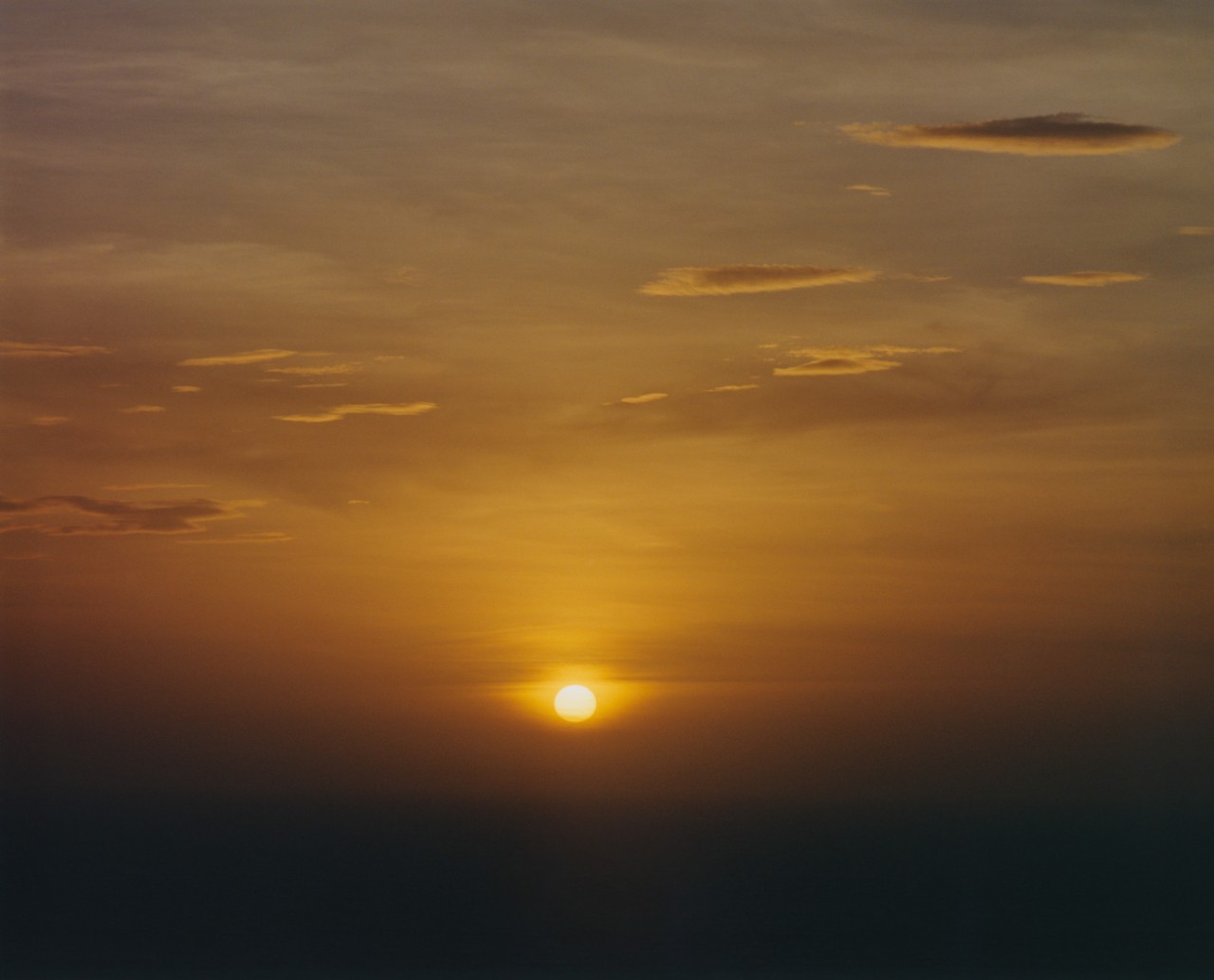

PHOTOGRAPHS AND WORDS BY THÉO DE GUELTZL
Nestled in the heart of the La Guajira desert, straddling the borders of Colombia and Venezuela, lies the ancestral homeland of the Wayuu, an Indigenous community with a rich cultural tapestry. This region, characterized by vast expanses of sun-drenched landscapes and windswept dunes, serves as the canvas upon which the Wayuu paint their unique cosmological beliefs and traditions.
La Guajira, with its unforgiving yet awe-inspiring terrain, has shaped the Wayuu way of life, providing the backdrop to a narrative where the wind emerges as a vital and spiritual force within their intricate worldview. Amid the golden sands and under the expansive sky, the Wayuu’s connection to the land and the elements unfolds, the wind holding a paramount place in their cultural ethos. The development of sustainable, yet disruptive wind farms, however, is altering the landscape and the lives of the Wayuu, leading them to have to navigate the emerging role of technology within their traditional ways of living.
The wind is the essence of life for the Wayuu. It connects the sky, the Earth, and the human soul, transcending material boundaries and serving as a mediator between the visible and invisible worlds. Considered the breath of Wale’kerü (the supreme creator) the wind communicates with ancestral spirits, guiding and protecting the Wayuu.
It also plays a crucial role in rituals and sacred ceremonies. Acting as a carrier of prayers to the heavens, a sacred connection between humans and their creator is established. During ritual ceremonies, the Wayuu carefully observe the direction and strength of the wind, interpreting these signs as divine messages and adjusting their actions accordingly.

In addition to spirituality, the wind also influences the daily lives of the Wayuu, particularly in their relationship with nature. The movements of herds, agricultural cycles, and even the construction of their dwellings are guided by traditional wisdom passed down through generations, taking into account the subtle indications of the wind.
Thus, in Wayuu cosmology, the wind is not just one natural force among others, but rather a tangible manifestation of the sacred bond between humanity, nature, and the divine. It represents the pathway through which the Wayuu understand and honor their existence, providing a profound understanding of the symbiosis between humans and their environment, between the terrestrial and the celestial.
In Wayuu cosmology, the wind is not just one natural force among others, but rather a tangible manifestation of the sacred bond between humanity, nature, and the divine.
The accompanying series of images is part of a broader exploration I made into the role of the wind in Wayuu community life and its profound influence on their contemporary existence. As the Wayuu navigate the intricate balance between tradition and modernity, the installation of wind farms, the first of which came in 2004, has become a significant factor reshaping their landscape and way of life. These wind energy developments, while contributing to sustainable practices, have forced some Wayuu families to relocate from their ancestral lands. This shift reflects the complex interplay between cultural heritage and the demands of progress, exacerbated by the historical roots of displacement such as clan wars triggering the migration of entire matrilineal families.
In this dynamic context, the wind, which has long been a spiritual and practical guide for the Wayuu, takes on new dimensions. The installation of wind farms introduces a clash between traditional beliefs and the realities of modern energy needs. The Wayuu, who have revered the wind as a symbol of freedom and a sacred mediator, now find themselves grappling with the consequences of technological progress. The wind, once a source of life and connection, now coexists with the towering structures of wind turbines, symbolizing the intricate dance between preserving cultural identity and adapting to the evolving world.
The wind, ever-present in the La Guajira desert, has not only shaped the physical landscape through the sculpting of sand dunes, but its influence now extends to the man-made structures dotting the horizon. The wind turbines, with their colossal blades slicing through the air, stand as a testament to the evolving relationship between the Wayuu and their environment, where the forces of nature intertwine with the march of progress, leaving an indelible mark on both the spiritual and physical realms.





Images in this series will also be included in Théo de Gueltzl’s forthcoming book, which will explore the singularities of different Indigenous communities in Colombia grappling with questions of acculturation due to displacement. Gueltzl’s book is set to release in 2025.
This story first appeared in The Overview: Meditations on Nature for a World in Transition
Join our membership community. Support our work, receive a complimentary subscription to Atmos Magazine, and more.
Théo de Gueltzl Documents the Role of Wind and Land in Colombia’s Indigenous Wayuu Community
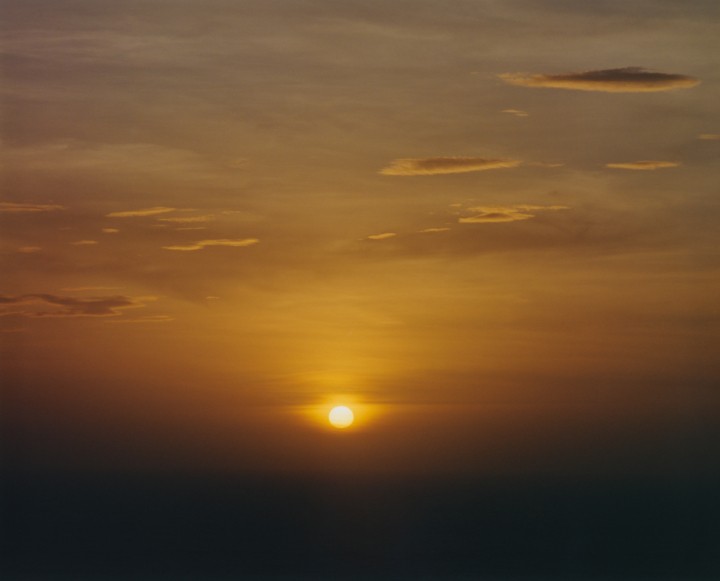
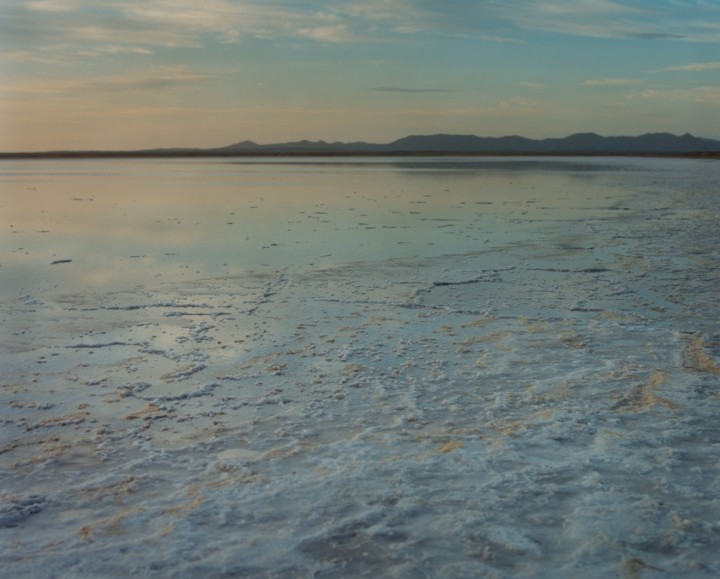
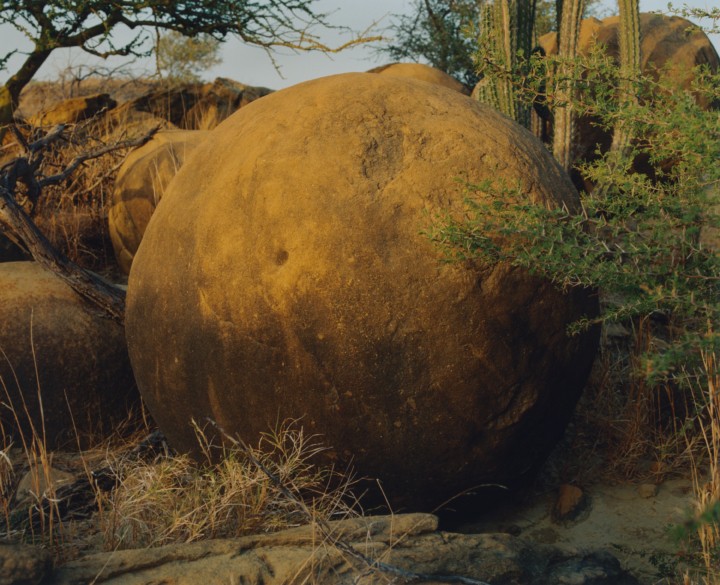
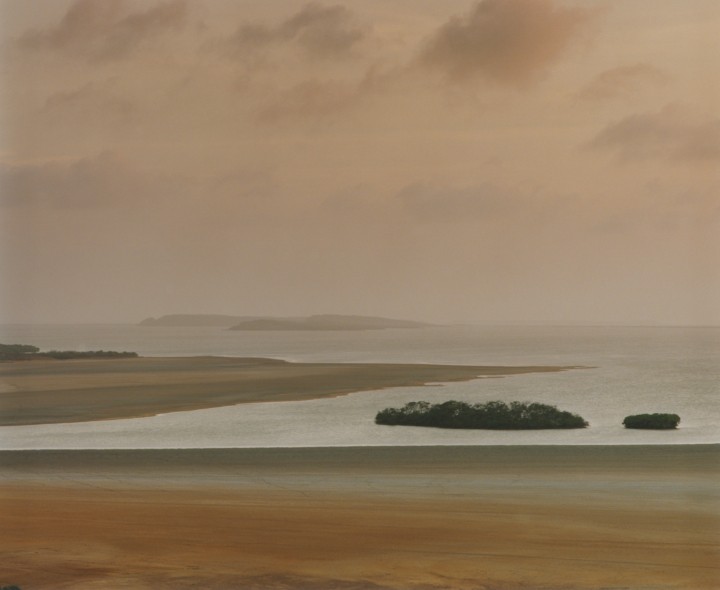
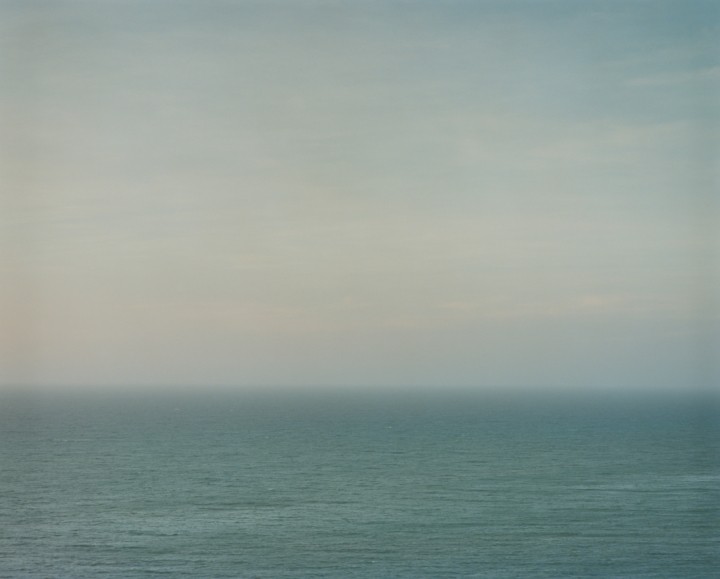
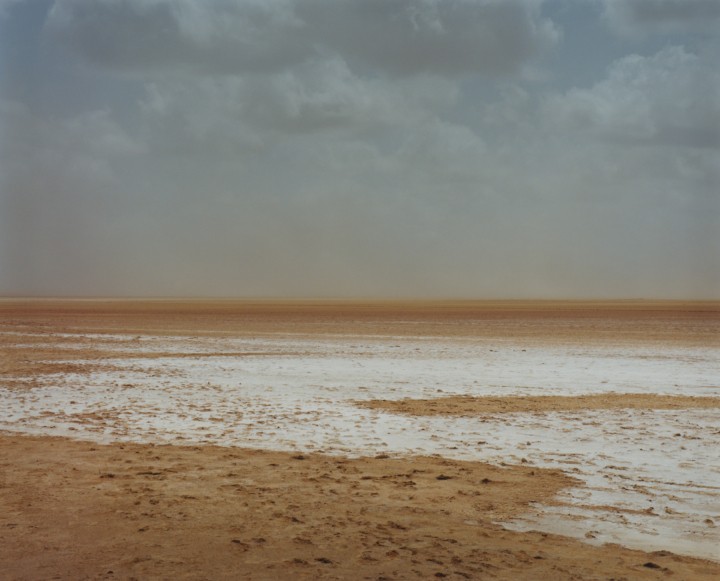

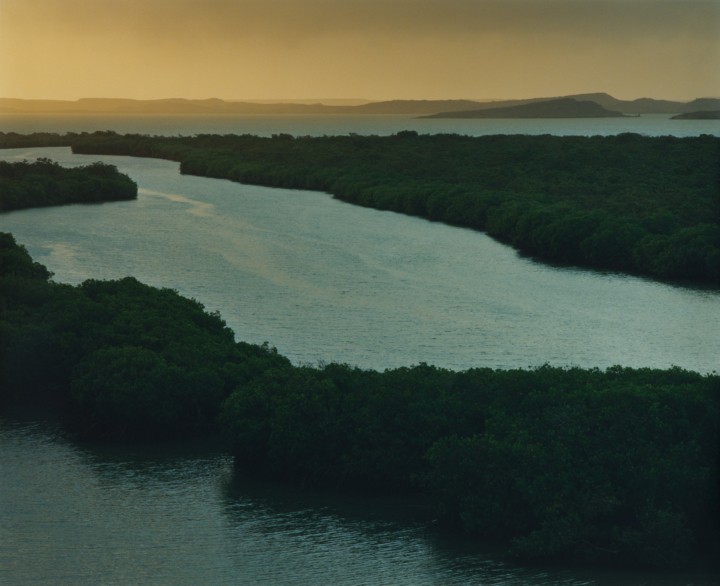
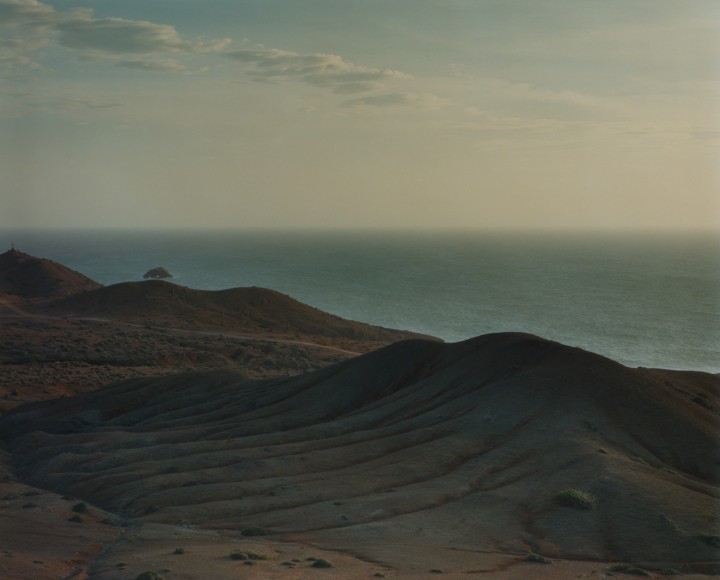
Théo de Gueltzl Documents the Role of Wind and Land in Colombia’s Indigenous Wayuu Community
